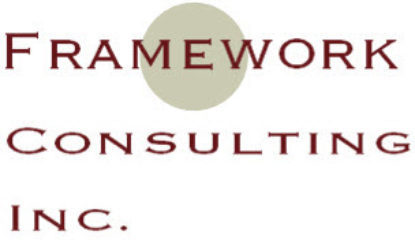The transition from manager to CEO often proves to be an intricate journey, one that presents unique challenges to those stepping into this elevated role. Managers, typically adept at producing short-term results, find their focus honed on meeting quarterly or yearly targets.
However, a distinct realization dawns upon some top-tier executives – a profound responsibility transcending immediate successes. This newfound responsibility calls for the articulation of a vision. But it can’t be a hollow ‘vision statement.’ Instead, it must be a transformative, long-term destination capable of captivating and engaging stakeholders on a deeper level.
Yet, embracing this visionary aspect doesn’t come effortlessly for a new leader. Consequently, many opt for shortcuts, each carrying its set of pitfalls and limitations.
One shortcut involves redefining the concept of ‘long-term,’ squeezing it into the narrow confines of three to five years. The other shortcut involves padding the current plan with additional years, adding superficial layers that fail to address the underlying complexities. However, these superficial approaches inevitably pave the path to failure. Let’s delve deeper into the reasons behind this.
Comprehending Managerial Mindsets
At strategic planning retreats, managers engage in collaborative activities. Yet, beneath the action, a phenomenon unfolds, understood by only a few individuals.
Johnson and Suskewicz, in their book ‘Lead from the Future,’ introduce a compelling concept termed the ‘Past Forward’ mindset. This mindset characterizes managers elevated to the C-Suite based on their track record of delivering immediate results. It’s a mindset steeped in past experiences – leveraging prior triumphs and missteps to pave incremental pathways for future improvements.
Occasionally, amidst routine meetings, a contrary voice emerges, questioning the grander vision for the company’s trajectory. However, these inquiries often get sidelined, perceived as peripheral to the immediate agenda.
Fast forward to mandatory strategic retreats, met with groans by many attendees. These managers view the retreats as distractions diverting their attention from pressing targets.
Embracing a New Perspective
Consequently, most attendees walk into these retreats entrenched in the ‘Present Forward’ mindset, secretly yearning for swift remedies before returning to their ‘actual’ responsibilities.
Thus, engineering a shift – an imperative transition to what the authors term the ‘Future Back’ approach – becomes the order of the day. This approach necessitates envisioning credible, transformative futures – a significant departure from vague, traditional vision statements. It’s about precisely delineating new destinations that will, in turn, inform robust strategic plans.
While no standardized formula can usher in this transition universally, leveraging the dynamics of a cohesive team often bears fruit. A shift in mindset among a few can catalyze a ripple effect, influencing others to follow suit.
To initiate this paradigm shift, I recommend embarking on a deep dive into the current challenges. However, this isn’t about finding quick fixes; it’s about diagnosing issues and devising long-lasting solutions. Often, persistent challenges arise from long-ignored problems.
Previous executives, ensnared in the ‘Present Forward’ mindset, defer addressing these. They follow the Southwest Airlines’ IT fiasco of late 2022, which stemmed from repeated delays in system updates.
This diagnostic phase of the retreat is an unprecedented opportunity to confront long-overdue matters, liberated from the usual shackles of time constraints.
Anticipate witnessing a surge in collective energy as the C-Suite delves into long-term thinking, unloading pent-up frustrations. Additionally, this event inadvertently fosters a unique team-building experience.
However, sustaining the ‘Future Back’ mindset individually is a formidable challenge. Most CEOs need the collective support of a group setting to prolong this mindset beyond fleeting moments.
Top leaders thrive in such retreats, experiencing an intellectual shift beyond the confines of immediate urgencies. Here, the C-Suite collectively embodies the ‘Future Back’ mindset, embracing the vision of chief executives thinking on a collective scale.
This alleviates the pressure on CEOs to function as the solitary visionaries. For the duration of the retreat, they coalesce into a cohesive ‘Future Back Team,’ diverging from the solitary focus on ‘hitting numbers.’
Unfortunately, this transformational journey is transient in nature. Therefore, to solidify this unique mindset and embed it into the organizational fabric, I will delve into strategies for concretizing commitments. This must happen quickly: before this transcendent essence dissipates.
In my next article, I will address how to take strong next steps.

